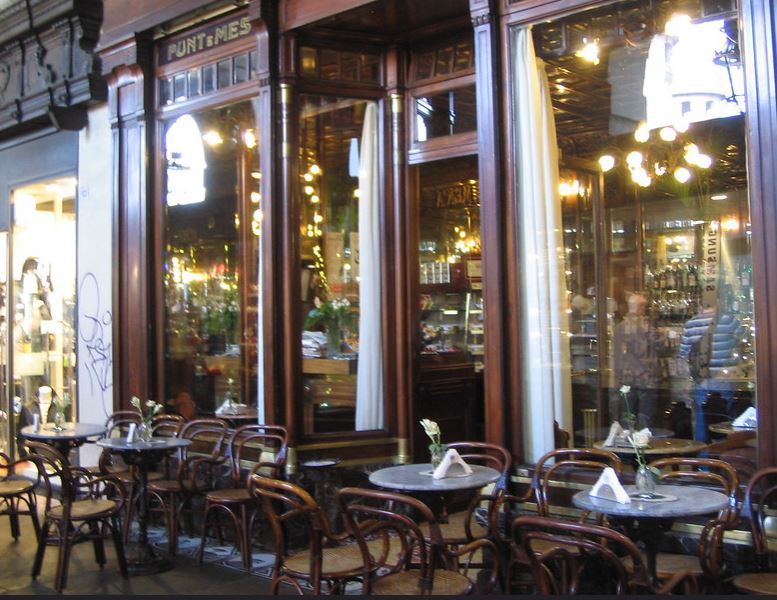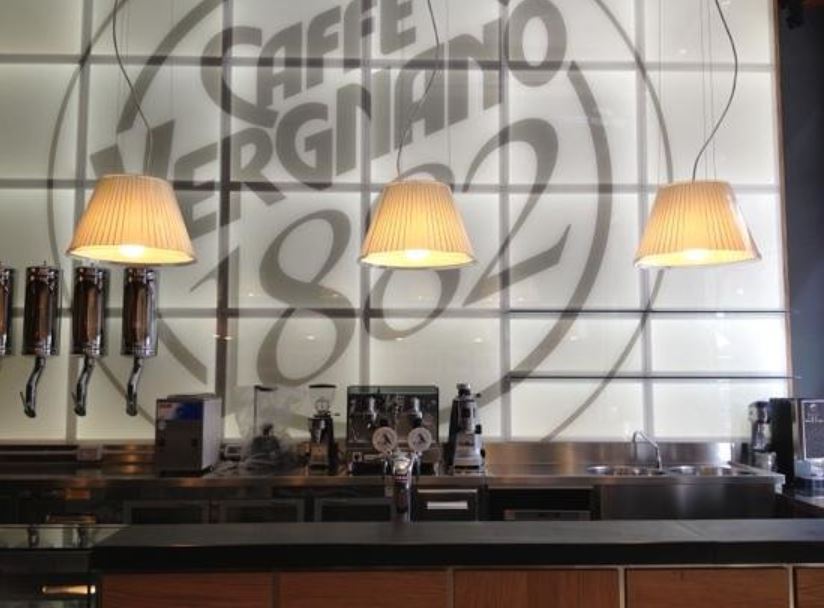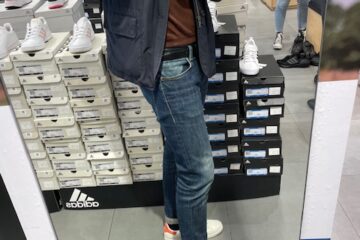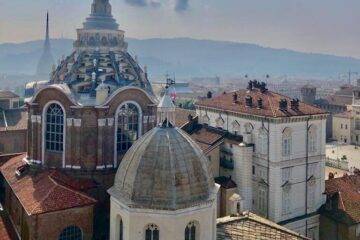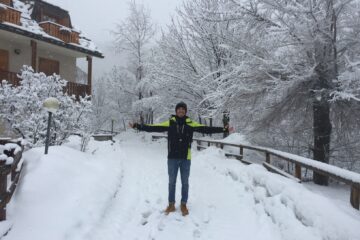Turin best cafes & its love for Espresso
This post is to quickly guide you through the best cafes in which to get a coffee in Turin, from the popular historical coffee houses to the hidden shops where locals go to. Furthermore, you’ll see a quick guide on the do’s and dont’s when ordering coffee in Italy. Below is a quick summary that will allow you to jump to the preferred section. Enjoy,
QUICK SUMMARY
- Is coffee a fruit & how is it made?
- Where it comes from and how it came to Europe
- Famous intellectuals meeting in Italian Cafés
- The Espresso coffee machine was invented in Turin
- The long lasting coffee tradition: Lavazza and Vergnano
- The best Historical cafes in Turin
- Hidden cafes in Turin: locals only
- How to order coffee in Italy: complete guide
- What NOT to do when ordering coffee in Italy: common mistakes
- The Bicerin recipe (1763): Must try
- The crema al caffe’: don’t miss it
Is coffee a fruit & how is it made?
I was shocked when I discovered that Coffee is technically a fruit. As a matter of fact, it is made out of the “seeds” of a fruit which looks like a cherry.
What we normally call coffee beans are actually dried coffee seeds. In order to make coffee the seeds need to be roasted, ground and finally brewed with warm water.
One interesting thing to keep in mind is that the strength of the Coffee’s flavor actually depends on the roasting process: the longer the roasting, the stronger the flavor.
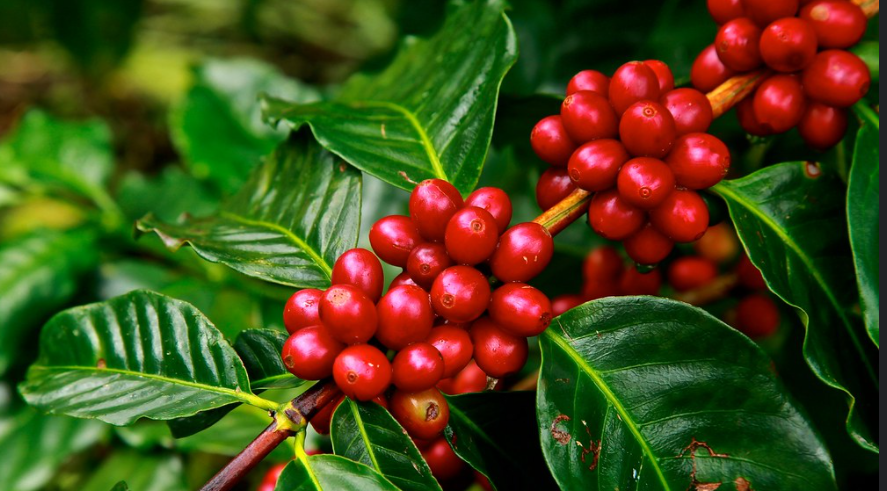
Its origins & how it came to Europe?
Coffee comes from Ethiopia, on the west side of Africa. However, it started to get popular only once it started to be traded across the Red sea to Yemen in the 15th century.
Have you ever wondered where the Mocha term originated? Between the 15th and 18th century most of the world’s coffee was shipped via the port “Al Mokha” in Yemen.
From Yemen coffee houses quickly spread around the Arabic world, mainly Egypt, Persia and Turkey. The first coffee House in the World opened in Costantinople in 1550.
In the 17th century coffee arrived to Europe thanks to European travelers & merchants which were fascinated by this an uncommon black beverage.
The first coffee house in Europe opened in Venice in 1647. Venice was one of the most important European port cities at the time and one of the first to trade coffee regularly. The most famous Coffee House in Venice is Caffe’ Florian which opened in 1720 still in operations today.
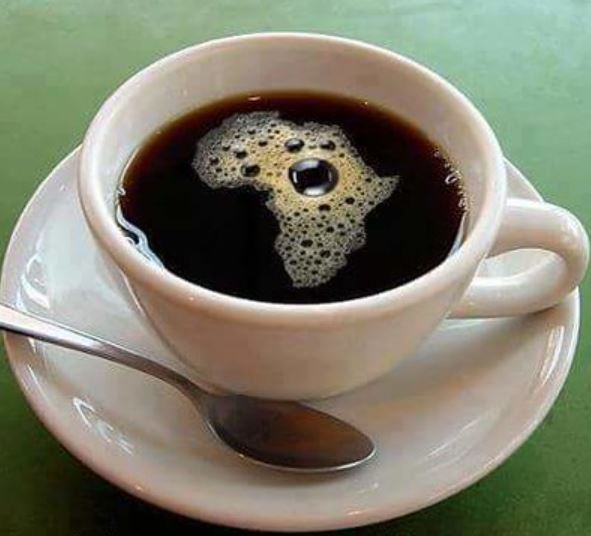
Famous intellectuals meeting at Italian Cafes
In the 17th century, Coffee houses across Europe became centers of social activities and gatherings for artists & intellectuals to found inspiration for their work and exchange ideas.
Italy during the Renaissance was at the cultural center of Europe, Italian’s coffee houses became extremely popular.
In Venice, the German poet Goethe and the Italian playwright Carlo Goldoni were regular clients of Caffe’ Florian.
In Turin, the German philosopher Nietzsche, the French writer Alexandre Dumas and the Italian opera composer Puccini were regular customers of the “Caffe’ Al Bicerin”. More about it in my other post or on Forbes.
In Rome, Caffe’ Greco was frequently visited by personalities such as Richard Wagner, Arthur Schopenhauer and Guillaume Apollinaire as well as Giacomo Leopardi and Gabriele d’ Annunzio.
In Naples, Oscar Wilde, Ernest Hemingway, Jean-Paul Sartre were regular customers of Caffe Gambrinus.
The Espresso Machine invented in Turin
The Espresso coffee machine was invented in Turin by an engineer called Angelo Moriondo in 1884. You can read more about it in my other post. The Moka coffee machine was invented in Turin by Alfonso Bialetti in 1933.
Fun fact: What does Espresso mean in Italian?
Espresso in Italian means “quick”. The Espresso coffee, takes the name from the fact that it is a rather quick way of making coffee. The technique consists in making steaming hot water pass by freshly fine-ground coffee beans.
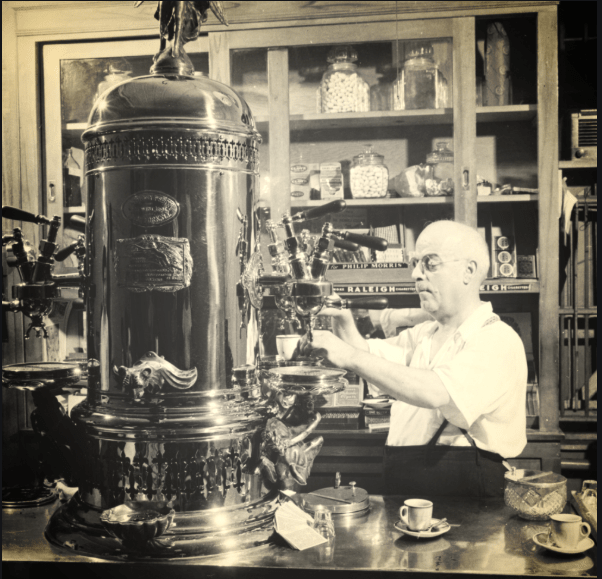
The First Espresso Machine (Angelo Moriondo) 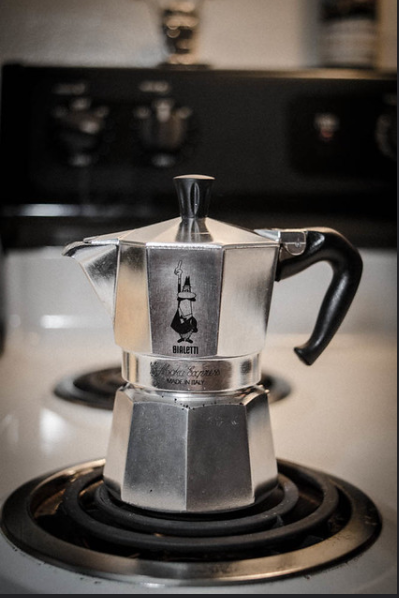
The famous Moka from Bialetti
Turin long-lasting Coffee Tradition
Turin has a strong coffee tradition: Lavazza & Vergnano were both founded in Turin in 1895 and 1882 respectively.
Today Lavazza is Italy’s leading coffee company operating in over 90 countries and it has over 2 $bn in revenues.
Lavazza
In 1895, Luigi Lavazza bought a small shop in the city center of Turin to start a coffee business.
Lavazza recently opened the Lavazza Museum which is worth a visit. This will take you through the history of the company, the process of coffee manufacturing, an interactive exhibition to play with and of course a tasting at the end.
Caffe’ Vergnano
The Vergnano coffee brand was founded in Turin in 1882 by Domenico Vergnano.
This is a high-quality Italian coffee brand which is becoming increasingly popular over the past few years.
The brand is not yet very widespread worldwide, but it was recently selected to be part of the carefully selected listings of the premium quality Italian food-chain Eataly.
The best Historical Cafes in Turin
Thanks to its royal background and rich cultural past, Turin is one of the cities with the highest number of cafés per capita.
In the city center, literally every second or third door is either a historical coffee house or a high end chocolate shop. Thus, there is plenty of choice.
Having said that, the most interesting ones to visit are by far the historical cafes. You will be impressed by their opulent interiors from the big glass chandelier to the round marble tables and the velvet chairs.
The atmosphere that you will experience is definitely worth the slightly over-priced coffee!
To name a few: Caffe’ San Carlo, Baratti & Milano, Caval d’ Brons, Caffe’ Torino, Caffe’ Platti, Caffe’ Fiorio, Caffe’ Mulassano, Caffe’ al Bicerin.
Hidden Cafes in Turin: locals only
A couple of simple yet impeccable local jewels are 1) the first ever Lavazza store and 2) the Vergnano Flagship store. These are often overlooked by tourists as the exterior is not very eye-catching.
The First ever Lavazza store
The place is still open today and it is located in Via San Tommaso 10. Picture below.
Vergnano Flagship store
The store is called “1882” and it is located in Via Bertola 20. Picture below.
How to order coffee in Italy: complete guide
Speaking with foreign friends & colleagues I realized how confusing it may be for non-Italians to order coffee in Italy.
To be fair, some famous American Coffee companies helped creating the confusion by introducing Italian words into their menus with a different meaning than what it actually means in Italian.
For example, if you order a “Latte” in Italy you won’t get what you expect. Same thing if you plan to order a “Peperoni” Pizza by the way but that is a whole other story (you will get bell peppers!).
The different things you can order in a typical Italian coffee bar:
- Caffe’: if you simply order “un caffe” you will be given an Espresso
- Ristretto: a shorter Espresso coffee. It has a stronger flavour
- Macchiato: is an Espresso with a dash of Milk (usually foam milk at the top)
- Lungo: It is a slightly longer Espresso. It is served in the same cup size of an Espresso (not the American size).
- Caffe’ latte: A long American style coffee served in a bigger cup (12 oz)
- Corretto: means Espresso with liqueur, usually Grappa or Sambuca
- Decaffeinato: decaffeinated Espresso
- Caffe’ Shakerato: It is an ice-coffee made of Espresso, ice cubes and sugar shaked vigourosly inside a shaker to create a nice foam froth. Normally served in a Martini glass, like a cocktail
- Marocchino: Espresso with foam milk and Nutella. Served in a slightly bigger Espresso cup.
- The water glass that comes with coffee: Most bars offer a complimentary glass of water together with your coffee. You should drink the water BEFORE your coffee. As it cleans the mouth and allows one to fully appreciate the taste of coffee. Drinking the glass of water AFTER the coffee will simply remove the coffee flavour. True mistake.
Possible questions from the bartender and how to answer:
- Bartender: “Normale or macchiato?” If you simply order “un caffe’” without giving complete instructions the bartender will be confused. He will ask you to confirm whether you want a simple Espresso (“normale”) or a Macchiato (“milk stained”).
- Bartender: “Macchiato caldo o macchiato freddo?”. In case you ordered a Macchiato, if the bartender is really precise he might ask you if you want your dash of milk to be warm or cold. I suggest warm!
What NOT to do when ordering coffee in Italy
Things NOT to do when ordering coffee in Italy:
- Order a Capuccino after 12:00.
- Order a Capuccino after or during a meal
- Order a “latte” and expect anything different than a glass of plain cold milk
- Order an “Americano” and expect a coffee rather than the famous Americano cocktail
- Order a Frapuccino. It doesn’t exist. The closes to it is the “Caffe’ Shakerato”
The Bicerin recipe (from 1763): Must try
Bicerin is a traditional hot drink from Turin which is made of espresso coffee, drinking chocolate and milk served.
You will see the three ingredients carefully layered in a small glass. Do NOT stir the beverage, the whole idea is to experience the three different layers at every sip as each one of them will have a different temperature and texture.
The best place to taste the real Bicein is in the historic “Al Bicerin” café opened in 1763 in Piazza della Consolata.
Regular clients of this place were famous intellectuals such Alexadre Dumas, Nietzsche, Puccini and Umberto Eco.
Crema al Caffe’: don’t miss this one
One thing you should remember to taste is the Italian cold coffee Cream (Crema al caffe’). You can find it in most bars, it is sort of a Espresso version of the Frapuccino but it tastes 20 times better!

